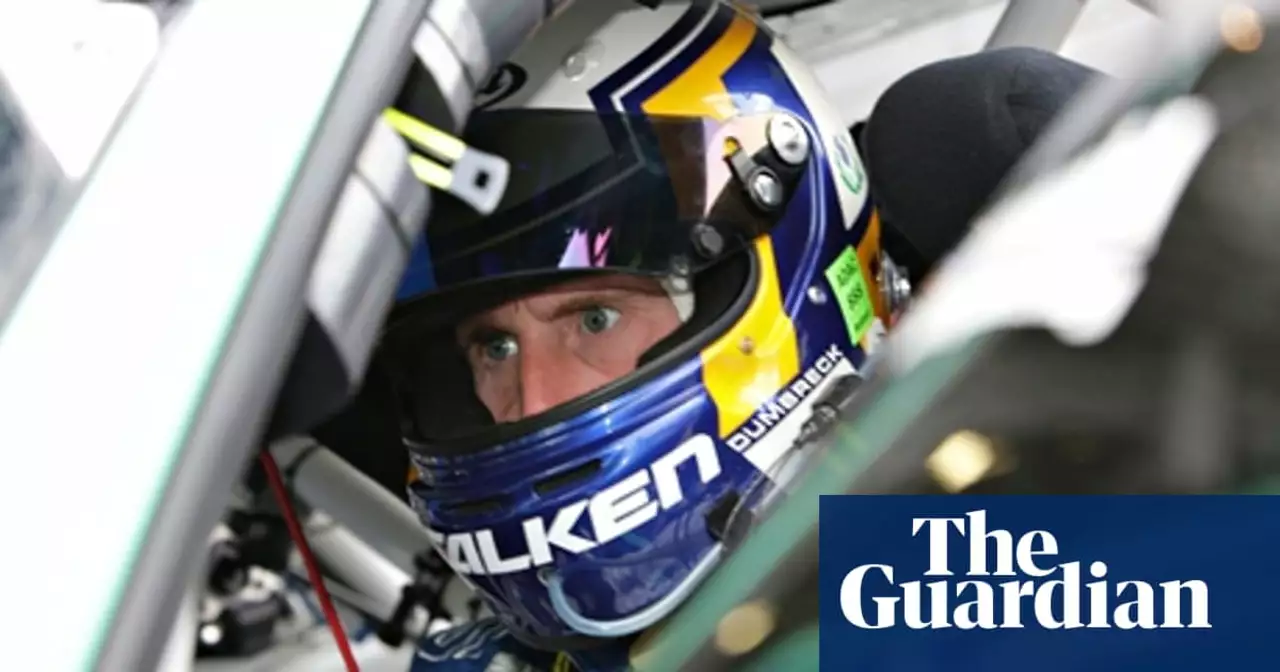April 2023 Rally Archive – What You Missed and Why It Matters
If you’re hunting for straight‑to‑the‑point rally info, April 2023 delivered a solid mix of budget talk, car tech, and driver tricks. Below you’ll find the highlights broken down into easy sections, so you can grab the bits that help you the most right now.
Understanding Rally Costs & Gear
Ever wondered how much cash you need to turn the dream of a rally seat into reality? One of April’s top pieces broke down the major expense buckets: the car itself, safety gear, travel, and entry fees. The article showed that a decent competition car can start around £20,000, while a full set of FIA‑approved roll‑cage, helmet, and fire‑proof suit adds another £3,000‑£5,000. Travel and lodging for a national event can easily climb to £1,000 per rally, especially if you’re hopping between regions.
What helped readers most was the simple checklist at the end: car purchase, safety kit, insurance, and a rough budget for each event. Plug your numbers in, and you’ll see whether you need a sponsor, a loan, or a side‑gig to keep the wheels turning.
Rally Techniques & Car Basics
April also tackled the technical side of rallying. A “handbrake 101” guide explained why those long sticks on the centre console are more than just a fancy feature – they let drivers lock the rear wheels for quick pivots on loose gravel. The piece described the hand‑brake’s link to the rear brake circuit and gave a step‑by‑step on practising the “hand‑brake turn” in a safe parking lot.
If you’ve ever seen a rally car slide around a corner and wondered how it stays under control, another article covered the art of drifting. It broke down weight transfer, throttle control, and the delicate balance between front‑end grip and rear‑end slide. The writer emphasized that drifting isn’t about reckless speed; it’s a calculated technique that lets you keep momentum on tight, variable‑surface stages.
Sound lovers got a neat explanation of why rally cars sound almost identical. The FIA’s engine displacement limits, standardized exhausts, and octave‑range restrictions all force teams into a narrow acoustic window. That uniform roar makes it easier for fans to spot a car on a forest stage and adds to the sport’s signature vibe.
Two more quick reads answered common “why” questions: why rally cars have a driver‑navigator duo and how each role contributes during a stage. The navigator reads pace notes, points out surface changes, and warns of hazards, while the driver focuses on steering and throttle work. Successful crews treat the partnership like a conversation – not a one‑way command.
Finally, a fast‑fact sheet compared rally to rallycross. Rally spans long public‑road stages, demanding endurance and precise navigation. Rallycross squeezes the action into a short, mixed‑surface circuit, focusing on head‑to‑head speed bursts. The piece helped beginners decide which discipline fits their skill set and budget.
All in all, April 2023 gave you a toolbox: budgeting advice, hand‑brake basics, drifting fundamentals, sound theory, crew dynamics, and a rally vs. rallycross cheat sheet. Dive into the individual posts for deeper details, but keep these takeaways handy as you plan your next rally adventure.
How much does it costs to become a rally driver?
Becoming a professional rally driver is an expensive but rewarding endeavor. From buying the right car and equipment to paying for travel, lodging, and other expenses, the cost of getting into the sport and succeeding can add up quickly. But with dedication, hard work, and the right attitude, it is possible to make a career out of rally driving. For those passionate about the sport, the cost of becoming a rally driver can be worth the effort.
Read More

